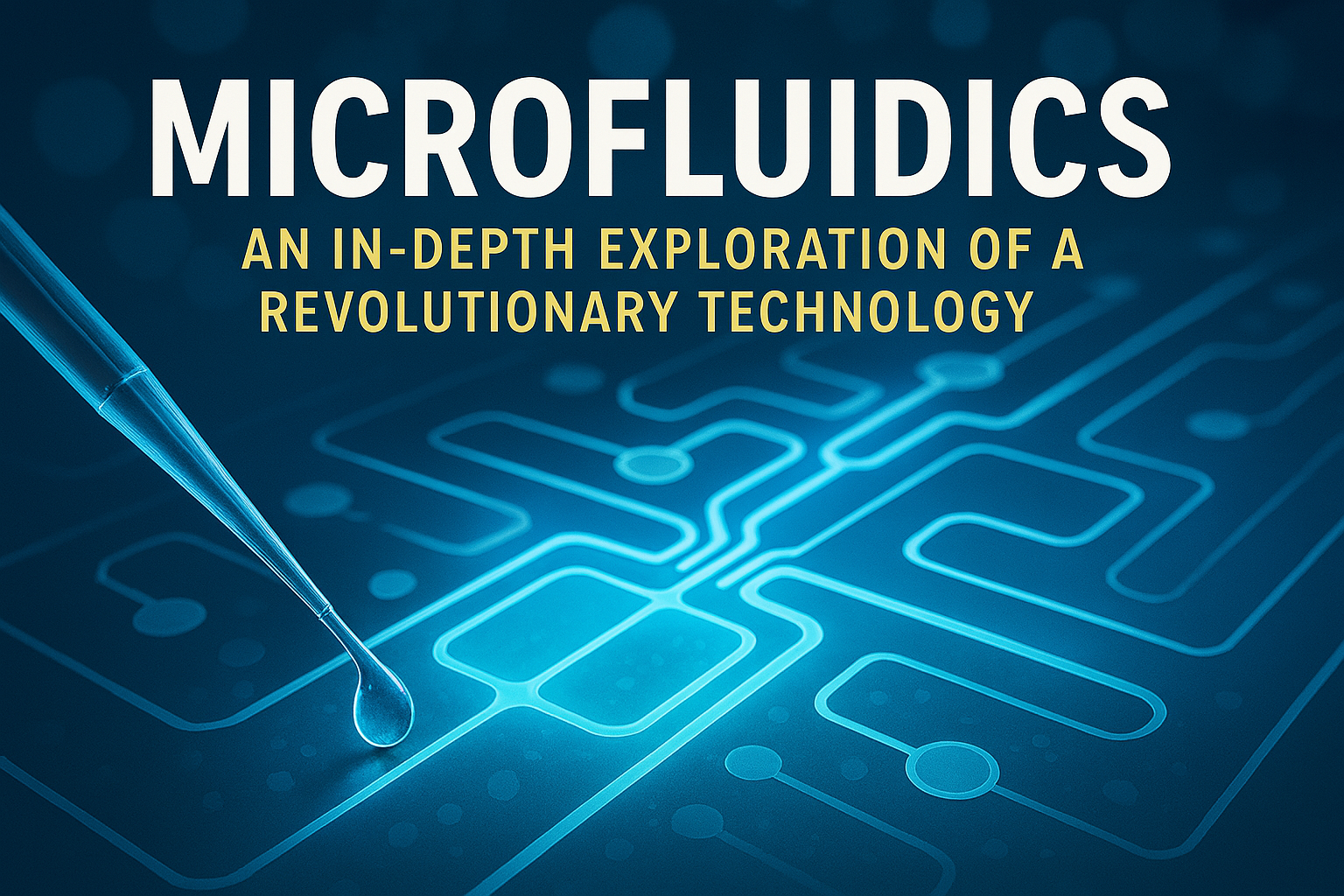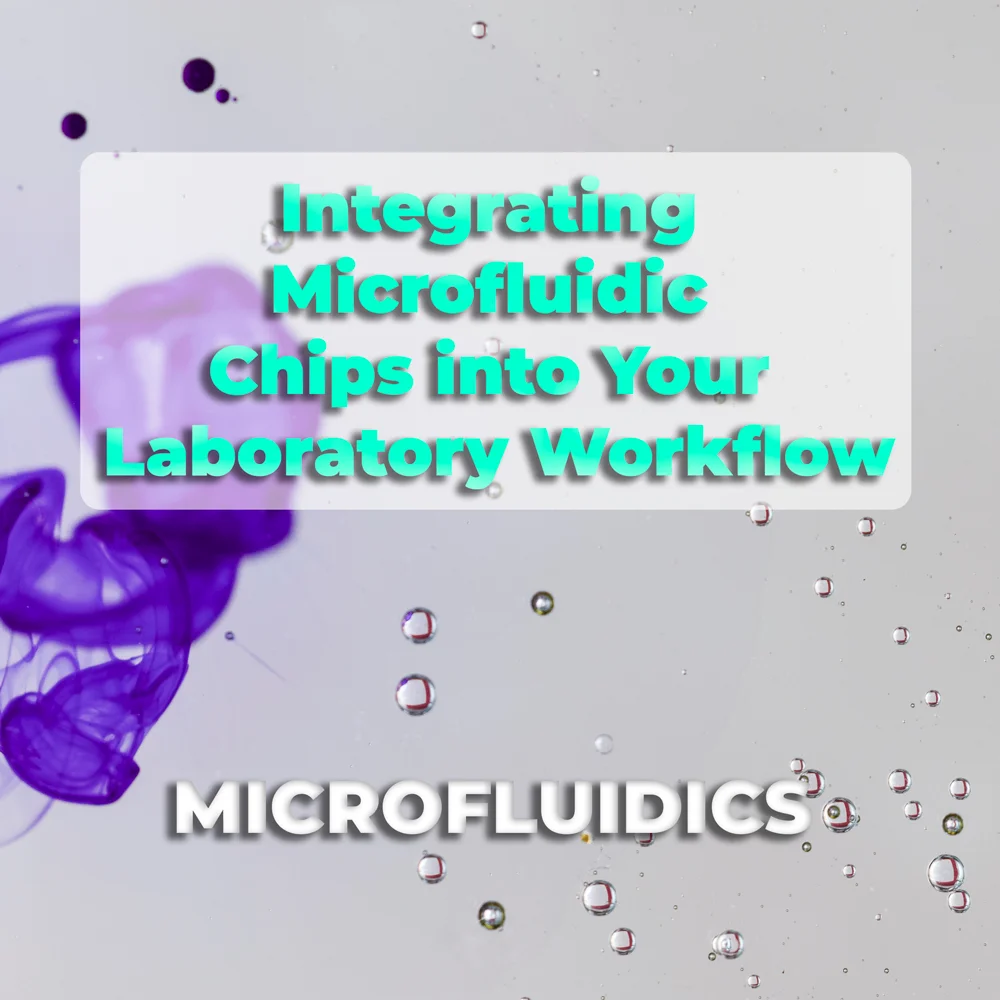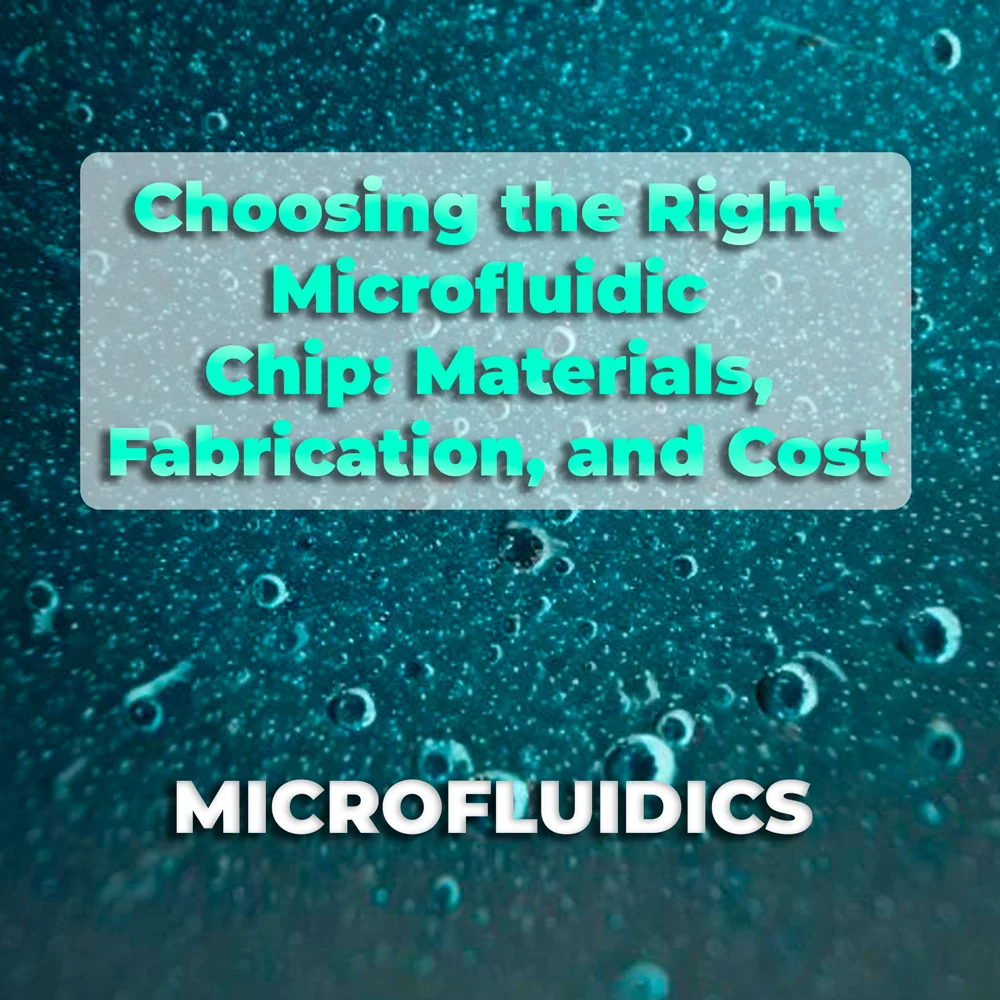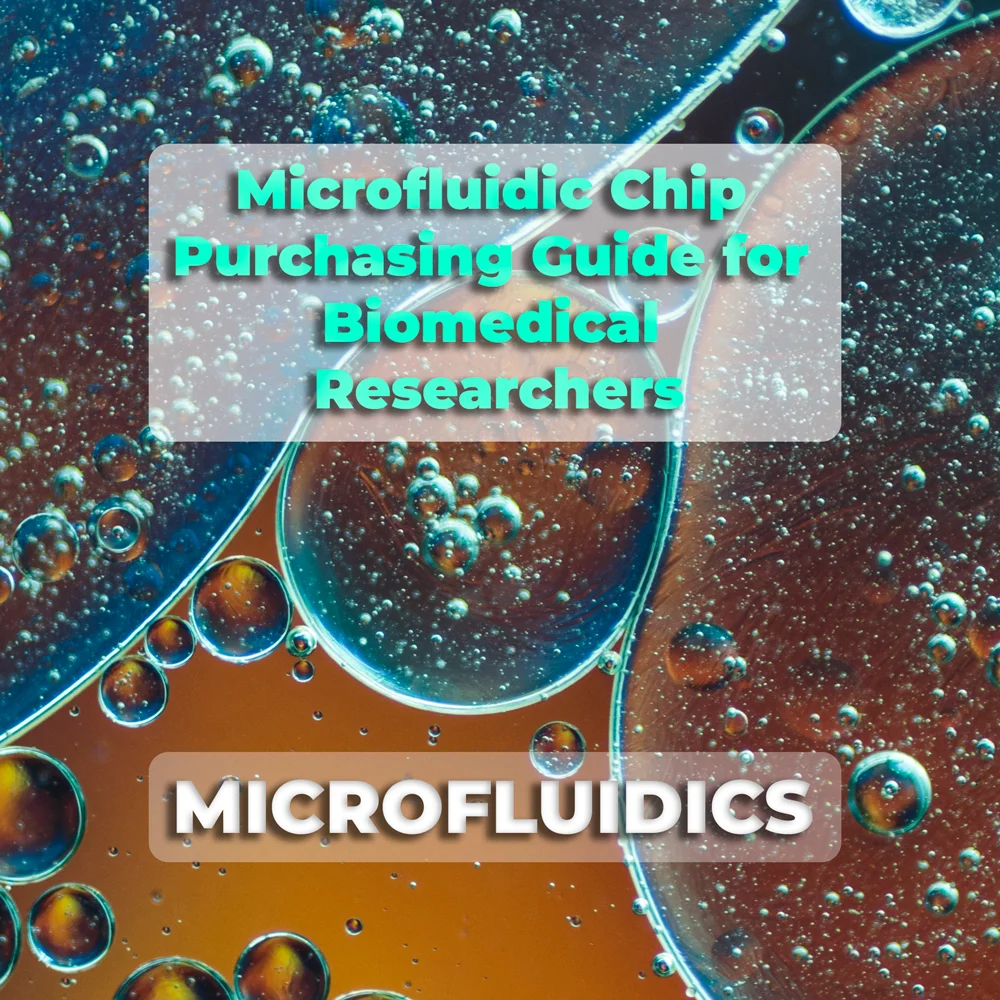

Microfluidic chips are only one piece of the puzzle in an experimental setup. To actually use a chip, you need to connect it with the outside world – introducing samples, driving fluids, and collecting outputs – while maintaining a clean, controlled environment. In this article, we provide a practical guide to integrating microfluidic chips into your lab workflow. We will cover how to interface chips with pumps and tubing, strategies to avoid common pitfalls like bubbles and sample loss, tips for efficient on-chip loading and imaging, and advice on maintaining and reusing chips.
One of the first challenges is connecting macroscopic equipment (like pumps or syringes) to the microscopic channels of your chip. This typically involves some combination of tubing and connectors/fittings:
When connecting it all together, keep in mind:
By carefully selecting connectors and pumps, you’ll create a robust interface between your macro instruments and the micro world on the chip. A well-planned interfacing setup means you can swap chips in and out without re-plumbing everything each time, and you can trust that flow rates and pressures you set are actually what the chip experiences.
When working at the microscale, seemingly minor issues like a tiny air bubble or a small reagent loss can ruin an experiment. Here’s how to mitigate these problems:
Air Bubbles: Bubbles are the bane of microfluidics. A single air bubble can block a channel, disrupt flow, create dead zones, or introduce severe errors (e.g., in cell culture chips, bubbles can kill cells by exposing them to air). Bubbles arise from various sources – dissolved gases coming out of solution, trapped air in connectors or dead-ends, leaks sucking air in, or outgassing from PDMS walls.
Contamination and Sample Carryover: Because microfluidic channels have a high surface-to-volume ratio, any contaminants (dust, leftover chemicals, previous sample) can have outsized effects. A speck of dust can clog a 50 µm channel. Residue from a prior experiment can leach into the next one.
In practice, a good habit is to examine your chip under a microscope during and after flow. You can see if any bubbles are stuck or if any channel has unexpected residues. Brightfield microscopy will show you particles or bubbles as they flow. If you see a problem, pause and address it then rather than continuing and losing an entire experiment’s worth of data.
To illustrate, consider an example: you’re running a microfluidic immunoassay and switching between different samples on the same chip. To avoid carryover, you might flush with a buffer + 1% bleach solution for a few minutes, then with pure buffer. This can effectively clean protein residues. But you also must ensure all that bleach is gone before the next sample (so a further rinse with a quenching agent or more buffer might be needed). Awareness of what’s happening inside those tiny channels is key – and when in doubt, err on the side of over-cleaning and bubble-checking.
Once your fluidics are connected and bubble-free, you need to actually load samples/reagents and possibly observe what’s happening in the chip (via microscopy or other detectors). Here are some tips to optimize these steps:
Sample Loading and Injection:
Imaging and Detection:
Workflow Optimization:
One example of loading strategy: In an organs-on-chip device, researchers often prime the chip with media first, then slowly introduce cells at one inlet while drawing fluid from the outlet at a matching rate. After cells are loaded and attached, fresh media is perfused. This multi-step loading (prime → cell seeding → static incubation → flow) ensures no bubbles and that cells distribute correctly.
Another example: In droplet microfluidics, two or more streams (aqueous sample and oil) need to intersect at a junction to form droplets. The flow rate ratio is critical for droplet size. Using high-precision pressure pumps, you can dial in those rates and observe droplets under a microscope in real-time, adjusting as needed. Stable flow (no pulsation) is key to uniform droplet generation (Prototyping Microfluidics vs. Manufacturing Them – uFluidix).
In short, treat your microfluidic experiment as you would a delicate analytical instrument – handle samples carefully, calibrate volumes and flows, and take care to optimize the observation method. With practice, loading and running a microfluidic chip can become as routine as running a gel, but it requires initially paying close attention to details that in the macro world we might ignore (like a tiny bubble or a 1 µL volume difference).
Not all microfluidic chips are meant to be reused – many commercial ones are disposable. But for custom or expensive chips (and in research), you often will clean and reuse chips multiple times. Proper maintenance extends the chip’s life and ensures reproducible performance over time.
General Cleaning Approaches:
PDMS-Specific Issues: PDMS devices, when reused, tend to absorb whatever was in them. For example, dyes or drugs might tint the PDMS. Plasma can help remove some, but often PDMS devices are considered semi-disposable for this reason. If you need to reuse PDMS, try to bake it at ~80°C for a few hours to outgas absorbed solvents, and store it dry. Storing PDMS chips in water can actually grow algae or bacteria over time (since PDMS is slightly porous and can let in nutrients); if you store in water, add a bit of biocide or keep refrigerated.
Glass/Plastic Chip Reuse: Rigid chips (glass, hard plastic) can often be cleaned effectively and reused dozens of times if handled carefully. For glass microfluidic devices, a cleaning protocol akin to glassware cleaning works: detergent, water, maybe a dilute acid wash, water, then dry. An efficient method reported is using ultrasonic cleaning in plastic bags: put the chip in a bag with cleaning solution, seal it, then sonicate – this avoids dirtying the sonicator bath and seems to improve cleaning consistency (Efficient cleaning of a microfluidic chip – Chips and Tips) (Efficient cleaning of a microfluidic chip – Chips and Tips).
When to discard: No matter how well you clean, eventually chips may degrade:
If you notice performance declining (strange flow patterns, high pressure, cells not sticking like they used to, etc.), it may be time to use a new chip. Keep records of how many times a chip has been reused and under what conditions; you might find, for instance, that a PDMS chip is reliable for ~10 uses before something changes.
Maintenance between runs:
Example cleaning protocol: A group using a protein analysis chip (glass/PDMS) might do the following after each run: inject 1% Triton X-100 (detergent) and leave for 5 minutes, flush with water, inject 0.1 M HCl and leave 1 minute (to dissolve any calcified deposits), flush with water thoroughly, then flush with isopropanol, then dry with air. Finally, store the chip in a dry, covered container. This sequence removes biological residues and reactivates surfaces to a clean state.
Another example: For a cell culture organ-on-chip, one might perfuse a warm enzymatic cleaner (like trypsin or protease solution) to detach any remaining cells and break down extracellular matrix, then flush with disinfectant. If reusing for cells, a sterilization step (like UV exposure in a biosafety hood for 30 min) could be added.
The key is to validate your cleaning. If possible, run a blank test after cleaning – e.g., push pure buffer through and see if you detect any signal from previous samples. Or microscope-inspect the channels to ensure no debris remains. Good maintenance ensures that one chip can serve through many experiments without causing mystery artifacts.
Integrating microfluidic chips into the lab may initially seem daunting, with all the tubing, connectors, and potential pitfalls like bubbles. However, with careful setup and practices, a microfluidic experiment can run as smoothly as any benchtop assay, yielding reliable and high-quality data. By selecting appropriate interfacing hardware, rigorously preventing contamination and bubbles, optimizing loading/imaging, and maintaining your devices, you can fully harness the power of microfluidics in your research workflow.
Every lab setup is unique – you might have specific pumps, microscopes, or analysis needs. Custom-designed microfluidic chips can be created to seamlessly integrate with your existing equipment. Imagine a chip that has the same port connectors as your HPLC, or a device sized to fit exactly on your microscope stage, or one with built-in bubble traps tailored to your application. Our team specializes in designing such bespoke microfluidic solutions. If you want your microfluidic system to plug-and-play into your lab, reach out to us. We can collaborate to design and fabricate chips with the right interfacing, geometry, and features to match your workflow, ensuring that you spend less time troubleshooting and more time collecting data. Let us help you take the guesswork out of microfluidic integration – contact us to discuss your needs and get started on a custom microfluidic chip that will streamline your research.






Shuhan He, MD is a dual-board certified physician with expertise in Emergency Medicine and Clinical Informatics. Dr. He works at the Laboratory of Computer Science, clinically in the Department of Emergency Medicine and Instructor of Medicine at Harvard Medical School. He serves as the Program Director of Healthcare Data Analytics at MGHIHP. Dr. He has interests at the intersection of acute care and computer science, utilizing algorithmic approaches to systems with a focus on large actionable data and Bayesian interpretation. Committed to making a positive impact in the field of healthcare through the use of cutting-edge technology and data analytics.
